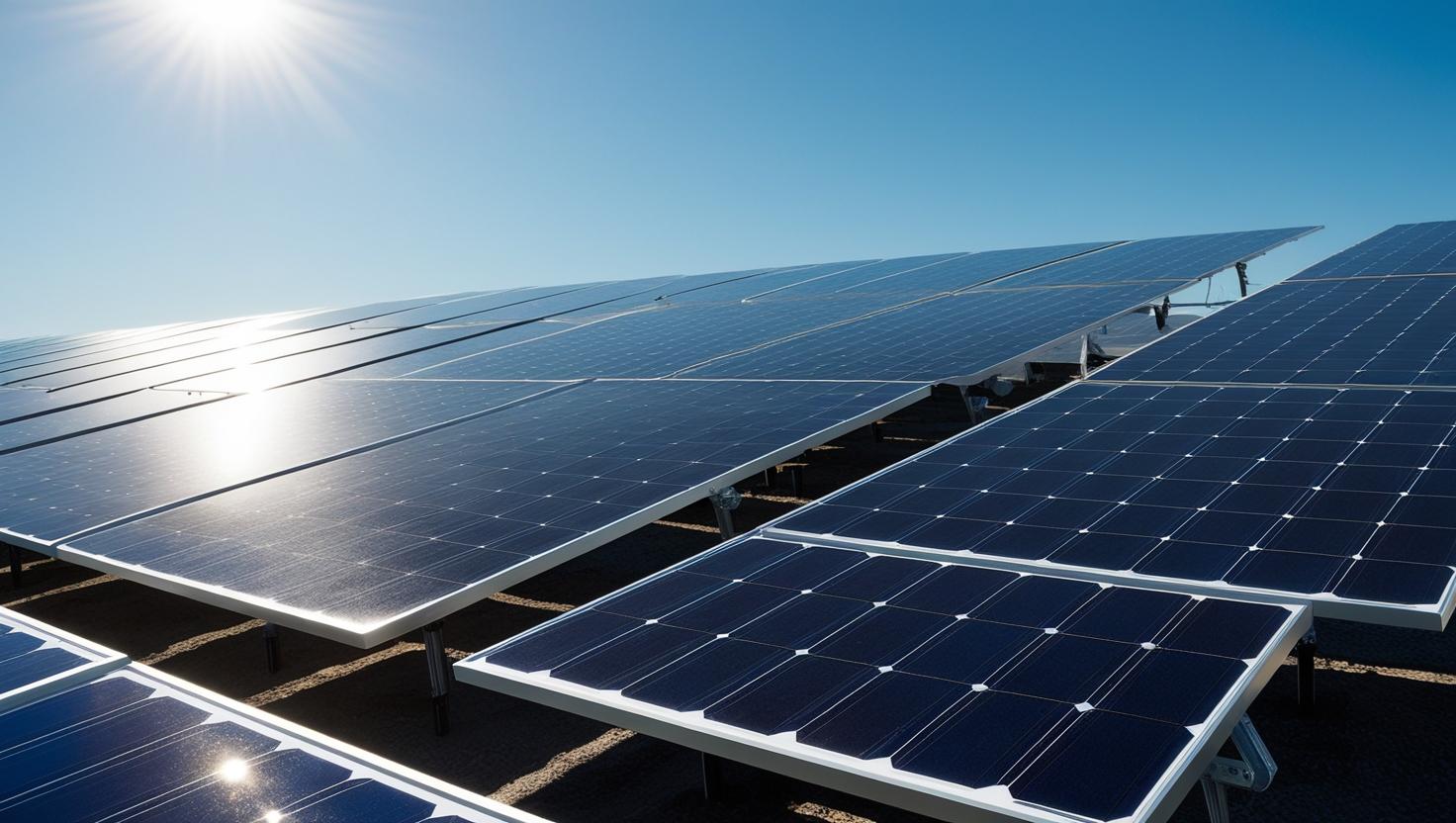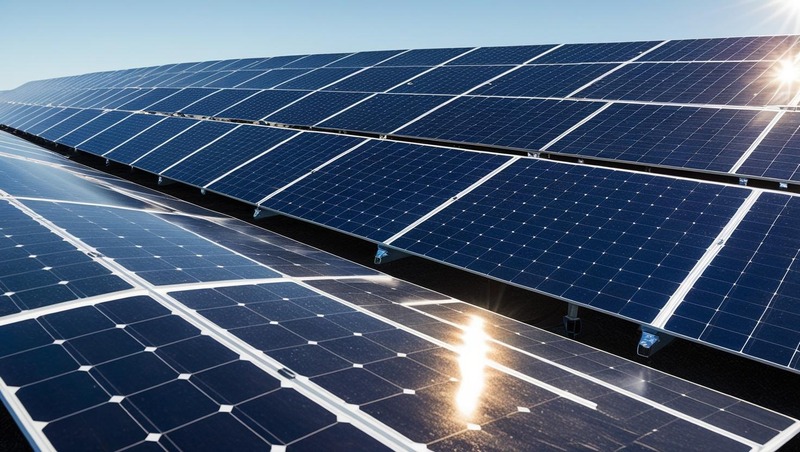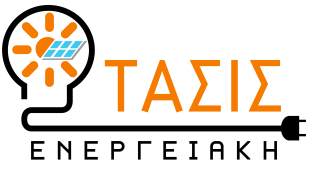

Autonomous and Hybrid Systems
Achieve Energy Independence with TASIS ENERGY
Become energy independent and ensure a continuous power supply without interruptions or limitations on generated capacity.
With an autonomous or hybrid system, you can power your home or business with clean energy. If desired, you can also connect to the grid through Net Billing for even greater savings.
What Are Autonomous Systems?
Fully autonomous systems – either photovoltaic or hybrid (photovoltaic/wind) – operate independently from the grid. The energy produced is stored in batteries and is available whenever needed: at night, during cloudy days, or when wind is absent.
How They Work
An autonomous photovoltaic system consists of:
Photovoltaic Panels → convert sunlight into electrical energy (DC).
Charge Controller → manages battery charging, protects against overcharging, and optimizes performance.
Batteries (Accumulators) → store the energy for use whenever required.
Inverter → converts DC from the batteries into AC suitable for household or commercial appliances.
In hybrid systems, when combined with a wind turbine or generator, a battery charger (often integrated into the inverter) may also be included.
Assessing Your Needs
Autonomous systems are preferred when:
Connection to the grid is not possible or desired (due to distance or technical limitations).
Energy needs exceed the limits of grid-tied systems.
Energy security and protection from power outages are a priority.
The building is used seasonally (e.g., vacation homes).
These systems can be installed anywhere, following European safety and efficiency standards.
Hybrid Systems
Hybrid systems combine multiple renewable energy sources (e.g., solar + wind) with energy storage to provide a more stable supply. For example, combining photovoltaic panels with smart batteries and small wind turbines reduces dependence on sunlight.
Autonomous Systems with Grid Connection
Autonomous systems with storage can, when technically feasible, be connected to the grid and participate in Net Billing. This ensures critical loads (e.g., refrigerators, medical devices) are covered, and excess energy can be fed into the grid, further reducing electricity costs.
This solution is ideal for installations requiring maximum reliability while also taking advantage of energy offset.
Installation and Implementation
Installing an autonomous photovoltaic system requires expertise and careful planning to ensure safety, efficiency, and future expansion c capabilities.
Choosing certified components from reliable manufacturers and working with experienced installers is essential.
Batteries and Storage
Batteries are the “heart” of an autonomous system. Their type, capacity, and quantity depend on the energy needs of the building. A careful study is necessary to avoid mistakes that could increase costs later.
Small Wind Turbines
Small wind turbines can be combined with photovoltaic and storage systems, either in autonomous/hybrid setups or with Net Billing.
They are not recommended as the sole solution in autonomous systems, as calm periods can leave the installation without power. However, they are a reliable supplementary option, especially in areas with strong wind potential.
Example of Use
A food distribution company with refrigerated storage can drastically reduce electricity costs with a hybrid autonomous system and Net Billing. This setup:
Ensures uninterrupted energy supply,
Reduces costs,
Achieves quick payback,
Enhances green image and corporate responsibility.
Legislation
There is no specific national regulation for the installation of autonomous RES systems. European standards for safety and certification apply.
The owner must declare that the building is powered exclusively by the autonomous system and submit a Responsible Electrician Statement (ΥΔΕ) according to CENELEC European Standards.
Why Choose TASIS ENERGY?
With us:
You get technical support and system design for maximum efficiency,
You collaborate with an experienced team that has implemented dozens of autonomous and hybrid projects across Greece.
Contact Us Today
Want to know the cost of your own autonomous photovoltaic system?
Call us or send a message for an immediate quote.
Phone: 210 6655540
Email: info@tasisenergy.gr
Request a Quote → [HERE]
Autonomous Photovoltaic Systems
